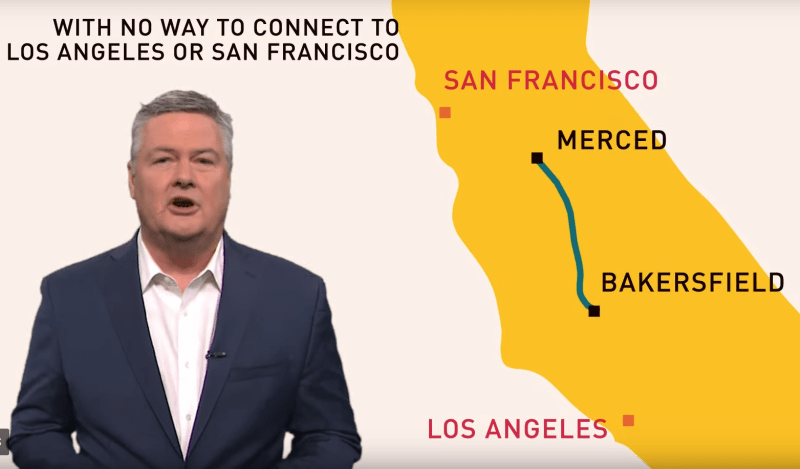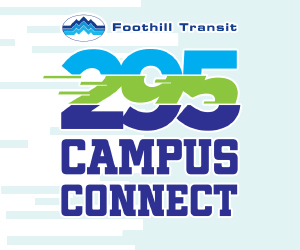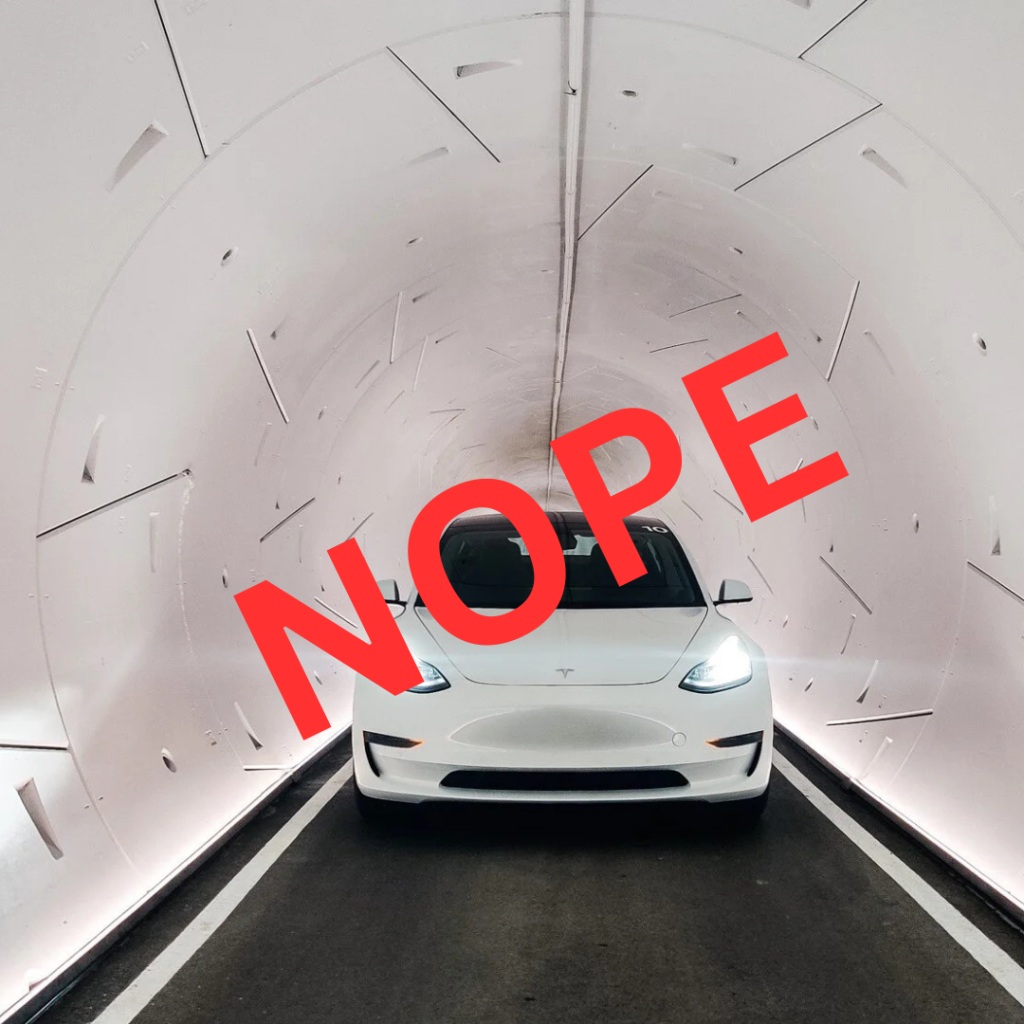Note: GJEL Accident Attorneys regularly sponsors coverage on Streetsblog San Francisco and Streetsblog California. Unless noted in the story, GJEL Accident Attorneys is not consulted for the content or editorial direction of the sponsored content.
As Streetsblog readers are aware, the California High-speed Rail Authority is busy working on tracks in the Central Valley that will eventually reach San Francisco and Los Angeles. In the interim, there will be several options for getting a mixed-speed service (some parts fast, some slow) between the Bay Area, Merced, and Bakersfield.
But you wouldn't think so from NBC Bay Area's "What Happened to California's High Speed Rail Project," a slickly produced piece by reporter Stephen Stock. We're not looking to disclaim everything in the piece--there are legitimate (if familiar) critiques and points to be made about the construction plan, funding, etc. But it's really astounding to see a piece that states that when the HSR spine from Merced to Bakersfield is completed, there will be no way to get between the HSR line and San Francisco "except for maybe taking a bus."
You can find that about one minute in:
Here's a map of Amtrak's San Joaquin service. Note the stop at Merced:
There's already ten trains a day between Oakland and Merced, and a few between Sacramento and Merced. There's also a cross-platform connection between Amtrak and BART at Richmond, right into San Francisco.
As Streetsblog has covered before, HSR and Amtrak's trains use the same gauge track, so they will be able to continue from the HSR spine, perhaps towed by a diesel locomotive, to give a one-seat ride from Bakersfield to the Bay Area the day that spine is opened (Amtrak even ran an HSR demonstrator in 1993 between Merced and Oakland, albeit at slow speed, pulled by a diesel).
The NBC story's contention that the state is building an orphaned line between Bakersfield and Merced is just nonsense. And yet the whole story pivots on that "fact." We asked NBC to correct the error. So far we haven't heard back.
Biased and Confused:
Then there's the latest report from LA Times's HSR reporter, Ralph Vartabedian. His story is basically an update of efforts by Southern California politicians to divert funds from the Central Valley work to Southern California's Metrolink commuter rail between Orange County, LA and Burbank.
You can read it here, but, among other things, he writes that if funds were diverted:
Ridership on Metrolink would double between Burbank and Anaheim, relieving freeway congestion, and new high-speed electric trains would slash emissions along the route under a plan that would shift up to $5.5 billion from the bullet train project in the Central Valley to Southern California.
He spends quite a bit of time, again, talking about a Metrolink proposal for "Zero Emissions" train on this Southern California corridor that would be funded with the HSR money. Somehow, he concludes that "Zero Emissions" means "battery powered" even though the word "battery" doesn't appear anywhere in the Metrolink proposal. Nevertheless, Vartabedian writes that the scheme is to use battery-powered trains because:
The battery systems would avoid a multibillion-dollar program of building an overhead high-voltage power system, which freight railroads oppose because of the impact on double-stacked container cars.
First of all, there aren't any high-speed trains that run on batteries. As to the clearance issue, that may sound like a reason it's not plausible to electrify California's commuter rail services that share tracks with freight. Except here's a double-stacked container car freight train under overhead wire in Pennsylvania next to a Philadelphia commuter train:

The photographs should be enough, but we double checked this with a rail expert and went directly to documents about freight clearances and HSR. There's no issue with running freight trains under electrification.
Clearly somebody is feeding these journalists garbage and Stock, Vartabedian, and their editors and producers don't have the minimal professional standards to check primary sources. Or, at least in the case of Vartabedian, he's so biased and devoid of ethics, he's intentionally passing on nonsense to the public.







